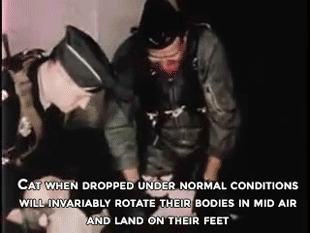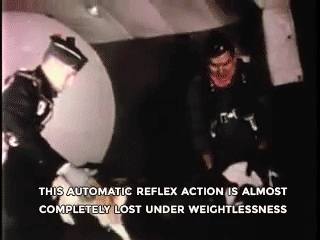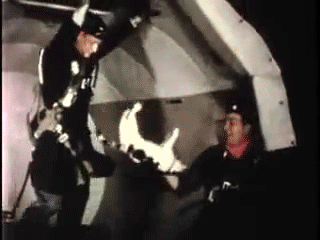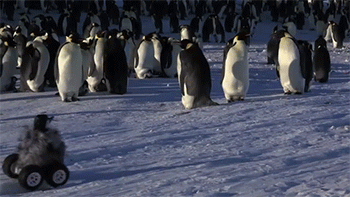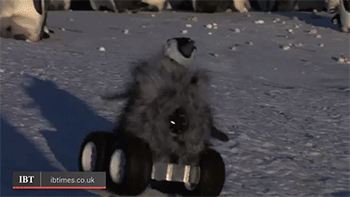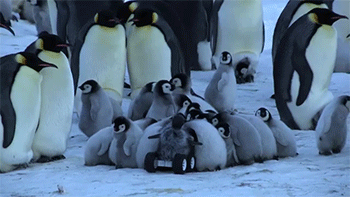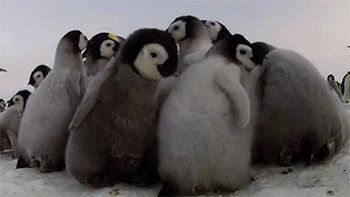Version 1 Of ‘A Rough Guide To Spotting Bad Science’. Thanks For Everyone’s Suggestions Earlier
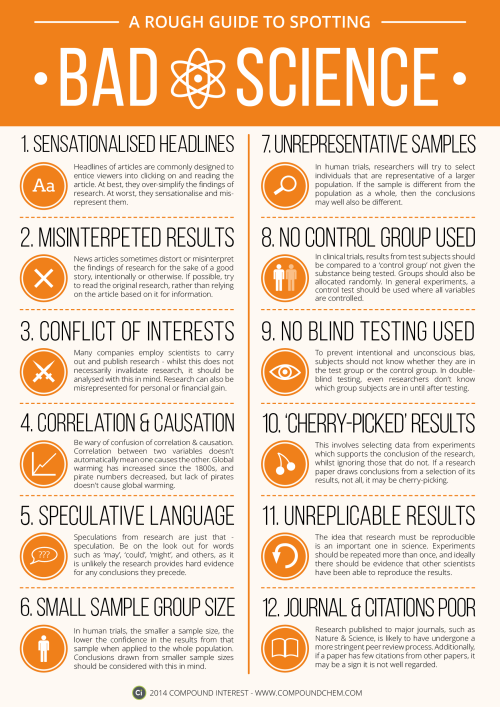
Version 1 of ‘A Rough Guide to Spotting Bad Science’. Thanks for everyone’s suggestions earlier in the week, attempted to include as many of them as possible!
Download link here: http://wp.me/p4aPLT-ap
More Posts from Science-is-magical and Others
Neuroscientist Discovers Potential New Source for Pain Inhibition
A UT Dallas scientist has found a new neurological mechanism that appears to contribute to a reduction in pain.
According to Dr. Ted Price, associate professor in the School of Behavioral and Brain Sciences, the discovery of neuroligin-2 as a cause exacerbating chronic pain is significant for the research community. Although the findings likely won’t immediately lead to new pain therapies, the findings offer a potential new therapeutic direction to investigate, he said.
Price’s research on the topic has recently been published online in Pain, the journal of the International Association for the Study of Pain.
The study focused on the body’s inhibitory networks — a series of biochemical reactions that decrease certain neurological activity, such as pain. Price said a great deal of previous research in this area has focused on the activity of the neurotransmitter GABA, a chemical released by nerve cells in the brain.
Normally, a GABA neurotransmitter acts to inhibit neuronal activity, such as pain. However, when pain becomes chronic there is strong evidence that a process called GABAergic plasticity can cause GABA to lose its inhibitory activity, sometimes making the pain even worse.
The source of these excitatory actions in neuronal circuits has been broadly attributed to chloride ions, but Price’s research has found another potential cause of GABAergic plasticity: synaptic adhesion molecules called neuroligin-2.
“From a basic science perspective, we’re really excited about it because it demonstrates that the types of GABAergic plasticity that can occur in the setting of chronic pain are more diverse than we’ve appreciated before,” he said.
Price, who heads the undergraduate research program in neuroscience in the school, focuses much of his research on understanding the neuroscience behind pain, particularly chronic pain. He said individuals with chronic pain typically don’t receive the pain-reduction benefits delivered by inhibitory systems. Instead, they often experience increased pain.
“When you hit your hand with a hammer, almost everybody has the same reflex reaction — that is, to rub your finger which, in turn, helps to reduce pain. The reason that works is because it increases GABAergic inhibition in the spinal cord,” Price said. “However, people who have chronic pain — if they do the same thing — find that rubbing it actually makes the pain worse. That’s because the GABAergic system loses its efficacy and, in fact, can become excitatory.”
Price said the research is another step in determining why the GABAergic system stops working correctly in some people and provides a second theory for what drives the system.
“Having two ideas and different models will allow us to determine what the therapeutic opportunities are — creating something that will change that back to normal. The lack of performance in the inhibitory system is very detrimental to those who are in chronic pain,” he said.
Price said the development of chronic pain is, in essence, one’s body “learning” something that is bad.
“It’s changing the way the body functions — it’s learning. That learning, in the case of chronic pain, is aberrant — it’s causing the situation to get worse. If we can figure out what that form of learning was, then we can potentially reverse it. Understanding that the GABAergic system changes during this form of learning potentially offers a new therapeutic avenue,” he said.
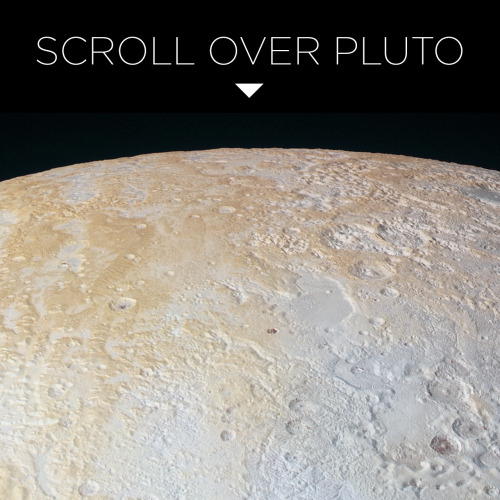
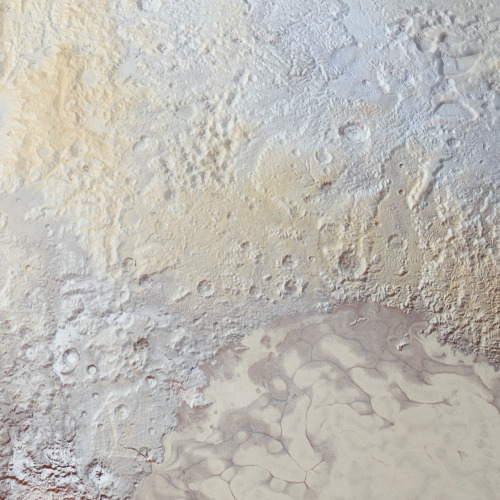
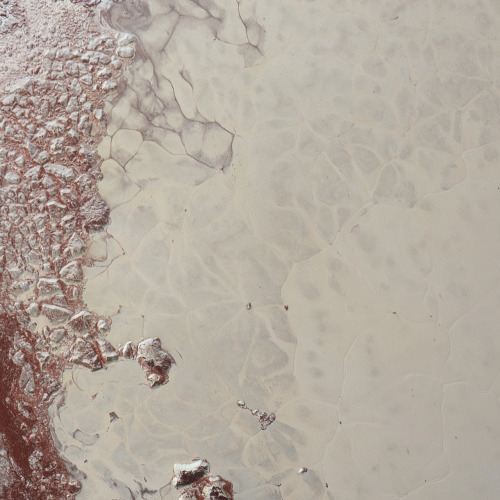
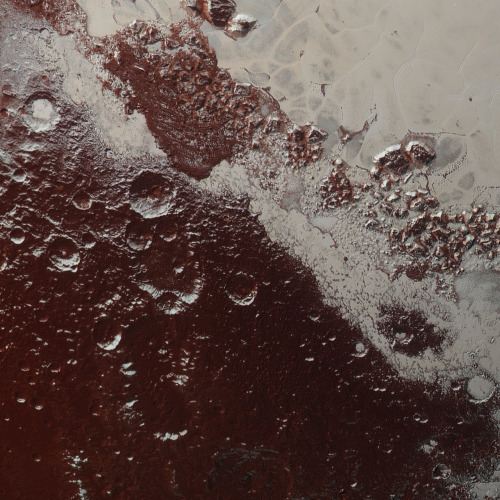
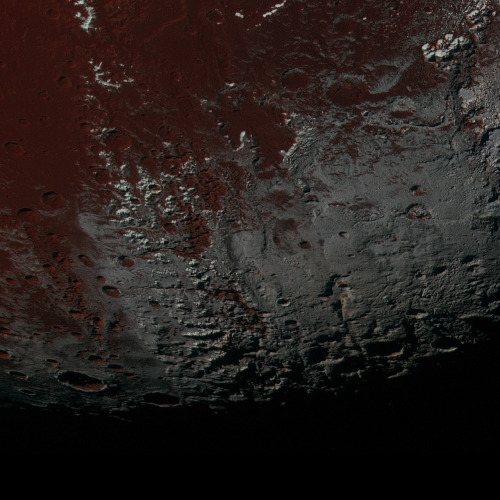
This is one slice of an incredible high resolution, enhanced color image of Pluto, recently released by NASA. You can see the full, larger version here.
Credit: NASA/JHUAPL/SwRI
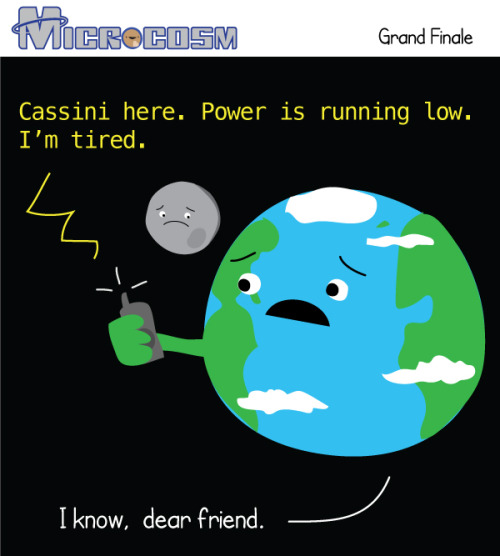
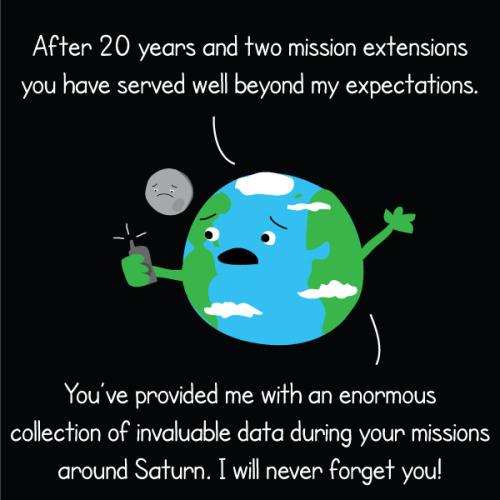
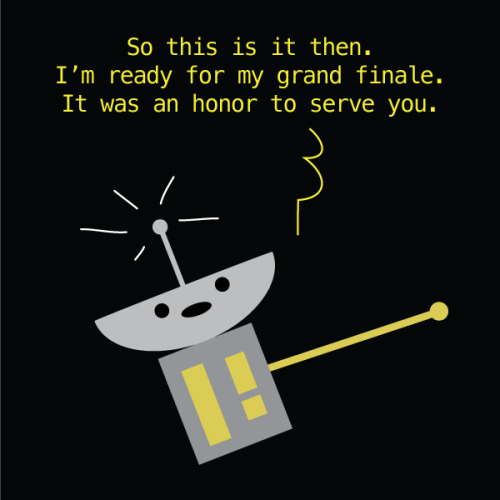
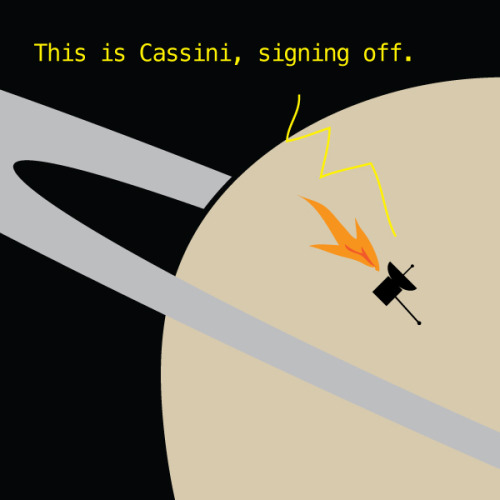
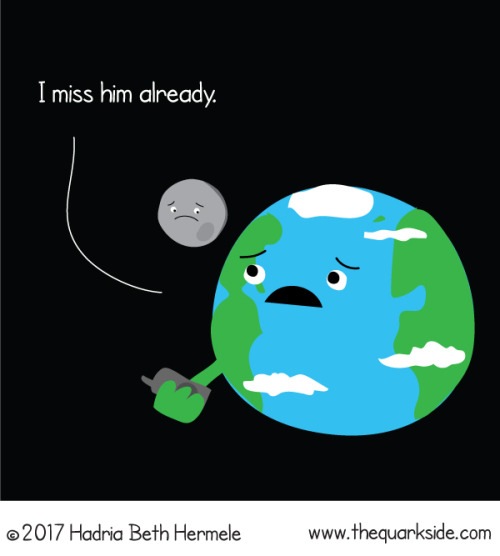
Friday, Cassini will dive into Saturn’s atmosphere and put an end to its nearly 20 year mission. Over those years we learned an incredible amount of information about Saturn, its rings, and its many moons. During the grand finale, Cassini will continue to send back information about Saturns atmosphere before burning up like a shooting star.

Missed any of the graphics featured in C&EN? They’ve now put a page together so you can find all of the graphics in one place, on subjects including Guinness, daffodils, barbecue & more: ow.ly/RB10e
-
 machoturbo liked this · 1 year ago
machoturbo liked this · 1 year ago -
 deadlysunlight liked this · 2 years ago
deadlysunlight liked this · 2 years ago -
 racnarath liked this · 2 years ago
racnarath liked this · 2 years ago -
 coffeegang liked this · 3 years ago
coffeegang liked this · 3 years ago -
 comrade-meow liked this · 3 years ago
comrade-meow liked this · 3 years ago -
 gregpeekatchoo liked this · 4 years ago
gregpeekatchoo liked this · 4 years ago -
 dubiousspectrum reblogged this · 4 years ago
dubiousspectrum reblogged this · 4 years ago -
 troyminos reblogged this · 4 years ago
troyminos reblogged this · 4 years ago -
 troyminos liked this · 4 years ago
troyminos liked this · 4 years ago -
 felixdoriga liked this · 5 years ago
felixdoriga liked this · 5 years ago -
 evolved-concepts liked this · 5 years ago
evolved-concepts liked this · 5 years ago -
 moonybyte reblogged this · 5 years ago
moonybyte reblogged this · 5 years ago -
 windymarshfens reblogged this · 5 years ago
windymarshfens reblogged this · 5 years ago -
 windymarshfens liked this · 5 years ago
windymarshfens liked this · 5 years ago -
 sleepygrumpylumpy reblogged this · 6 years ago
sleepygrumpylumpy reblogged this · 6 years ago -
 ninjedithlord27 liked this · 6 years ago
ninjedithlord27 liked this · 6 years ago -
 night-and-sleep reblogged this · 6 years ago
night-and-sleep reblogged this · 6 years ago -
 udaitaxim reblogged this · 6 years ago
udaitaxim reblogged this · 6 years ago -
 udaitaxim liked this · 6 years ago
udaitaxim liked this · 6 years ago -
 mexcana reblogged this · 6 years ago
mexcana reblogged this · 6 years ago -
 cherrypopamore liked this · 6 years ago
cherrypopamore liked this · 6 years ago -
 earthymirthyworthy reblogged this · 6 years ago
earthymirthyworthy reblogged this · 6 years ago -
 earthymirthyworthy liked this · 6 years ago
earthymirthyworthy liked this · 6 years ago -
 me-a-manghoe liked this · 6 years ago
me-a-manghoe liked this · 6 years ago -
 susurrations reblogged this · 6 years ago
susurrations reblogged this · 6 years ago -
 skittermouse reblogged this · 6 years ago
skittermouse reblogged this · 6 years ago -
 thatmadscientistbitch reblogged this · 7 years ago
thatmadscientistbitch reblogged this · 7 years ago -
 avfug liked this · 7 years ago
avfug liked this · 7 years ago -
 sing-into-the-void reblogged this · 7 years ago
sing-into-the-void reblogged this · 7 years ago -
 musicopia liked this · 7 years ago
musicopia liked this · 7 years ago -
 anabelastarbr reblogged this · 7 years ago
anabelastarbr reblogged this · 7 years ago -
 anabelastarbr liked this · 7 years ago
anabelastarbr liked this · 7 years ago -
 princeoftenderness liked this · 7 years ago
princeoftenderness liked this · 7 years ago -
 girlingreyshirt liked this · 7 years ago
girlingreyshirt liked this · 7 years ago -
 talk-shit-get-fit reblogged this · 7 years ago
talk-shit-get-fit reblogged this · 7 years ago -
 pambwitch reblogged this · 7 years ago
pambwitch reblogged this · 7 years ago -
 noknightinarmor reblogged this · 7 years ago
noknightinarmor reblogged this · 7 years ago -
 statusvivendo liked this · 7 years ago
statusvivendo liked this · 7 years ago -
 lookingflyandreadytodie liked this · 7 years ago
lookingflyandreadytodie liked this · 7 years ago -
 musictea18 liked this · 7 years ago
musictea18 liked this · 7 years ago -
 vvilk-and-cookies reblogged this · 7 years ago
vvilk-and-cookies reblogged this · 7 years ago -
 vvilk-and-cookies liked this · 7 years ago
vvilk-and-cookies liked this · 7 years ago
